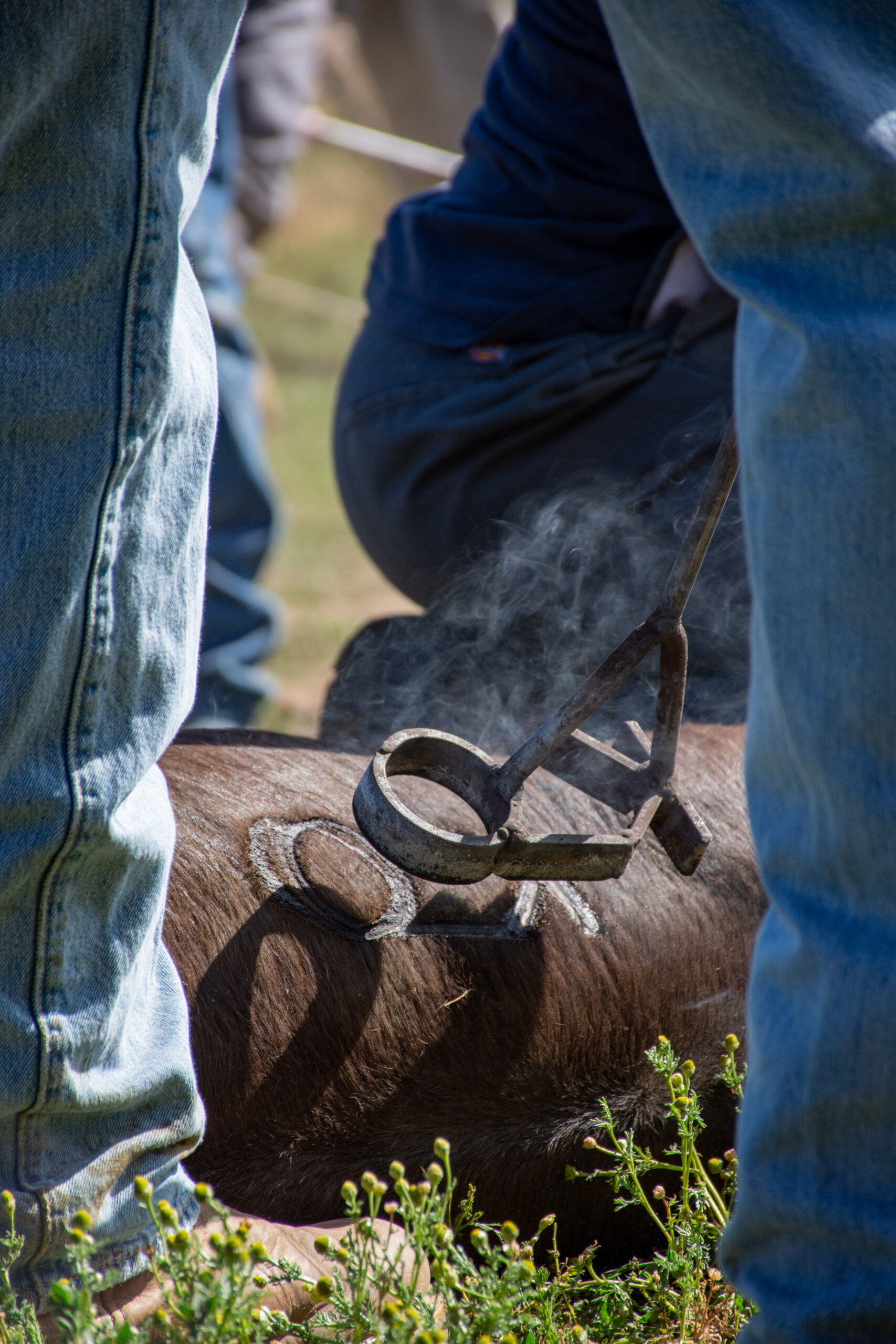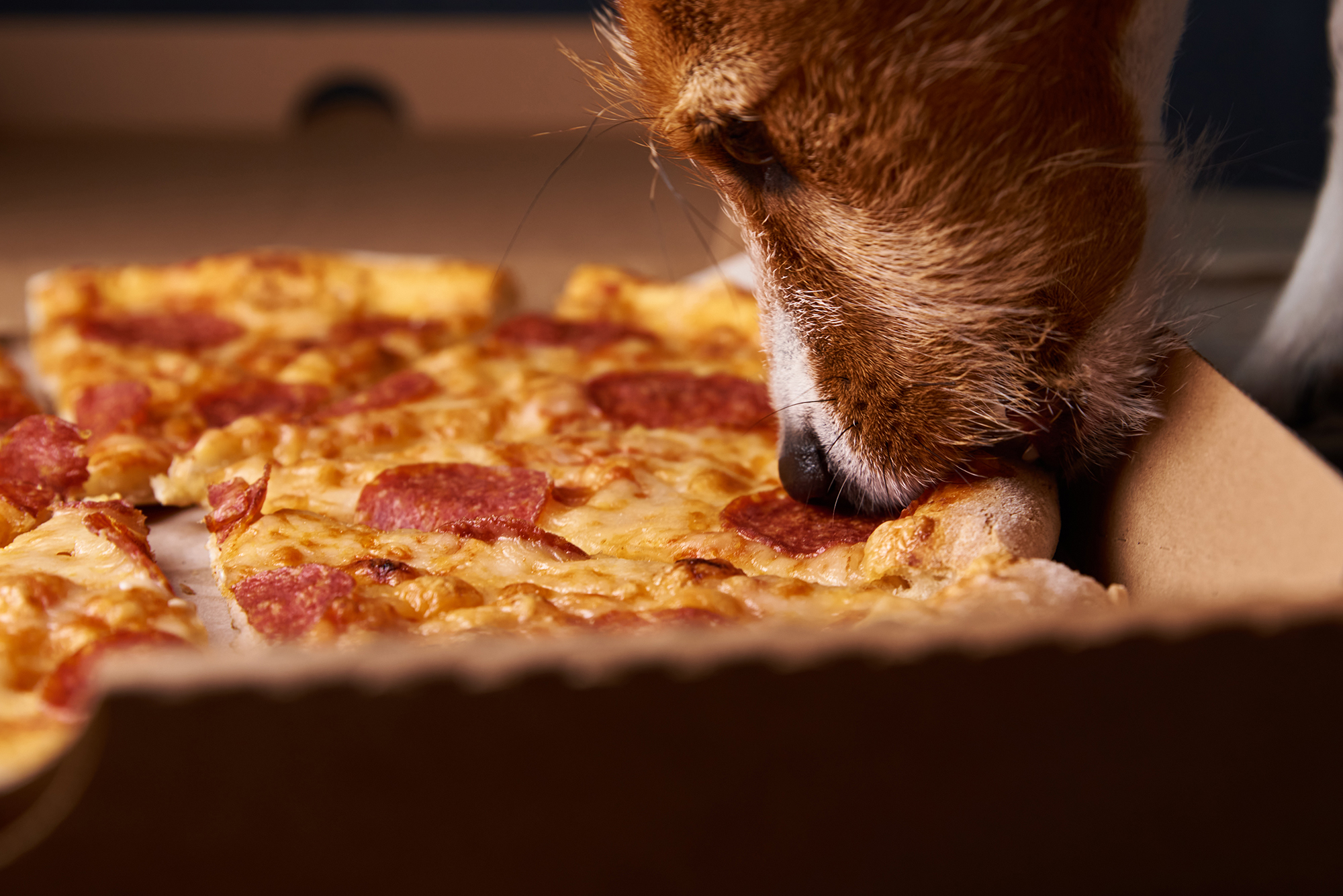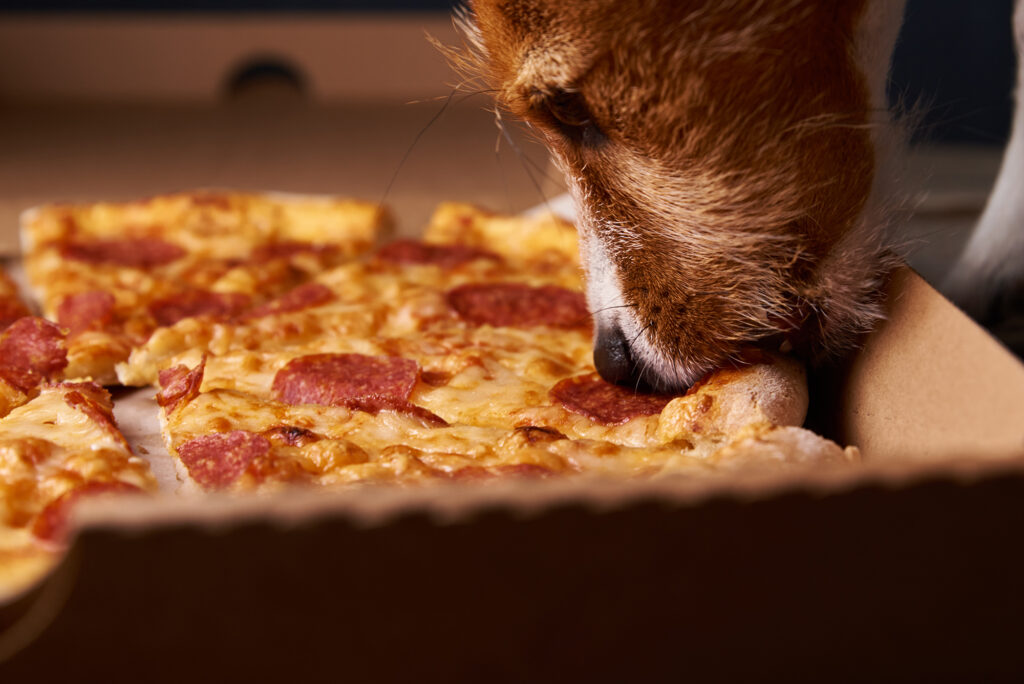Country Lifestyle
Tips for Winter Bird Feeding

By Michael Newell
When the temperatures turn cold and you get a little ice or snow, it is important to think of some of the smaller creatures that share our world and the struggles that they are faced with to find food on a daily basis. One sure way to lend a helping hand to the many species of songbirds that choose to stay here for the winter is to put out a bird feeder or two.
Feeding birds is lots of fun and has gotten very, very popular. In fact, a recent survey by BirdWatchingDaily.com reported that 52 million Americans feed birds or other wildlife. That is more than play golf, hunt or fish combined. There is something soothing about feeding birds, something relaxing. With all the hustle and bustle of this season, we could all use a little relaxation.
An additional benefit is if you start feeding now, then in January you can participate in the Winter Bird Feeder Survey conducted by the Oklahoma Department of Wildlife Conservation. Watch this column for more details.
There are many types of feeders on the market and each will attract different birds. There are also many different types of bird seeds on the market, and the food you put out will also determine which birds (and animals) will come to your feeders. Some birds want to eat on the ground while others prefer eating while hanging upside down! Even the size of the holes in a feeder and the length of the perches will determine which feathery guests will visit your offerings.
The Audubon society offers some good information about backyard bird feeding including types of feeders, foods and birds that might frequent your feeding station.
What type(s) of feeders should you use?
The type of bird feeder you use will determine which birds come to your yard to eat. Do you want hummingbirds, woodpeckers, orioles, chickadees, cardinals, goldfinches or doves?
Maybe your answer is “All of the above.” In this case you will need a number of different feeder types!
- Platform feeders are simply flat tables raised off the ground. Cardinals like these. Doves will eat from them, too, if they are not very far off the ground.
- Tube feeders are cylindrical tubes with openings up and down the tube — perfect for Chickadees and Goldfinches. Shorten the perches to keep larger birds away.
- Hopper feeders are bins that hold seeds that spill out of the bottom as the birds eat. Many birds will come to these — including larger birds like Blue Jays, Grackles and Starlings.
- Suet feeders are wire or mesh baskets that hold suet or pre-packaged suet cakes. Woodpeckers love these!
- Bowl feeders are hanging bowls that typically are covered by a large plastic dome to keep out the rain and snow.
- Specialized feeders include pine cones (great for lathering with peanut butter), and sharpened sticks to hold orange halves for Orioles. You can also sprinkle seeds directly on the ground — but this attracts other critters as well.
What types of food should you use?
The favorite food of most seed eating songbirds is black-oil sunflower seed. This is a small solid black seed, not to be confused with the larger striped sunflower. Birds such as cardinals, blue jays, chickadees, juncos, mourning dove and finches are especially fond of black-oil sunflower. And another nice feature is that it is not a favorite of house sparrows and starlings, two less desired species. Offer it from hopper type feeders or tube style feeders.
Niger thistle seed will appeal to goldfinches. This small seed is expensive, but goes a long way until a goldfinch feeding frenzy erupts at your feeder. A specially designed tube style feeder is needed for thistle.
Ground feeders such as bobwhite quail, towhees, and dove will also enjoy white corso millet, but spreading this may encourage unwanted visitors.
Bird feeding tips
Feeding the birds can be very simple, from putting peanut butter on a pine cone to impaling half an orange on a nail. Here are some tips from the National Wildlife Federation to help you attract the visitors you desire while discouraging some of the uninvited guests:
- Put out feeders with good size capacity: And/or use multiple feeders to provide ample food especially during snow and ice storms. There are many stores in your area that sell excellent bird feeders including bird-specific stores and most lawn and garden centers.
- Provide nutritious winter seed foods: For most birds these often include seed mixes of black oil sunflower seed, hulled peanuts, niger seed and white millet seed. Mixed seed bags can be purchased at local bird and lawn and garden stores or you can go on line and visit the Scott’s Songbird Selections website for a store locator or to learn more about wild bird feeding.
- Offer fatty food, too: Birds need to burn more calories in the winter just to stay warm. Suet is considered a high energy food because it consists of fat that has nine calories per gram compared to four calories per gram for carbohydrates or protein. Peanut Butter is also popular with our flying friends but is more expensive than suet. Suet feeders are a favorite of woodpeckers and other insect-eating birds
- Keep your feeders full: Winter birds need to stock up on calories especially for those long, cold winter nights.
- Be consistent and keep feeding through the winter: Birds grow accustomed to your feeders especially in severe weather when the snacks you offer may mean their very survival. If you leave home for an extended period, try to have a neighbor or friend keep the feeders going.
- Remember water: Birds can become dehydrated in winter even if surrounded by ice and snow. Putting out a pan of water near the feeder on warmer days is a terrific idea.
- Stamp down the snow below: Ground-feeding birds such as dark-eyed juncos, doves and many sparrows will be able to gather up the seed that drop from the feeders if they don’t have deep snow to try to manage.
- Hang feeders in cat-safe locations: Place bird feeders in locations that do not also offer hiding places for sneak-attacks by cats and other predators. Think of placing the feeders ten to twelve feet from shrubs or brush piles. This gives the birds some time to react.
- Save some money and stock up on seed: Bird feeding veterans say it is best to stock up on birdseed in the fall when many lawn and garden centers are discounting it to make way for winter merchandise. Stored properly, (in cool dry places) seed can easily last for months, particularly seed mixes and sunflower seeds.
Feeder maintenance and hygiene tips.
Cleaning birdfeeders and birdbaths is a crucial practice in preventing the spread of disease between birds. Recently, scientists noted that the spread of Trichomonad protozoan parasites, which cause a disease termed Trichomoniasis, was on the rise especially among mourning dove and band-tailed pigeon populations in the West.
You can tell if you have a disease problem at your feeders because diseased birds are less alert and less active, they feed less and may cower on a feeder, they may be reluctant to fly, and their feathers do not appear to be in good shape. Birds afflicted with Trichomoniasis typically develop sores in their mouths and throats. Unable to swallow, they drop food or water contaminated with Trichomonads that other birds then consume, thus spreading the disease.
With the concern over this and other diseases, including Salmonellosis, Aspergillosis, and Avian Pox, which are easily transmitted at birdfeeders and birdbaths, Audubon recommends paying diligent attention to cleanliness in pursuit of responsible and rewarding bird feeding practices. Birds with disease are more likely to die from starvation, dehydration, predation, and severe weather, so protect them by following these tips.
- Disinfect your feeder and birdbath: To keep pathogens at bay, immerse your seed feeder or birdbath in a nine to one water-bleach solution, rinsing it thoroughly, one to two times per month (for tips on cleaning hummingbird feeders, click here). In the presence of outbreaks, disinfect twice as often.
- Empty water from your birdbath every day: Brush or wipe it clean and rinse, then refill the birdbath with fresh water.
- Discard old seed and hulls: When you clean your feeder, get rid of the old seed. Rake or sweep up any uneaten hulls on the ground. The disease-causing Trichomonad protozoan, for example, can live for up to five days in food and several hours in water.
- Avoid overcrowding: If possible, provide more than one feeder and spread them out. Crowding only expedites the spread of disease, so give the birds variety and plenty of room.
Country Lifestyle
Riding for the Brand

By: Christopher Dysinger
According to the Code of the West a man who has integrity is one who rides for the brand. If you are unfamiliar with cowboy parlance this phrase is used to describe being loyal to the outfit you work for. Cowboys were, “intensely loyal to the outfit they were working for and would fight to the death for it. They would follow their wagon boss through hell and never complain.” -Teddy Blue Abbot. Riding for the brand means being loyal and when I consider what it means to be loyal I am reminded of the words of the Lord Jesus to His disciples in Matthew 16:24, “Then said Jesus unto His disciples, If any man will come after Me, let him deny himself, and take up his cross and follow Me.” To me, to take up the cross and follow the Lord is the epitome of what it means to ride for the brand.
When you place your trust in the Lord Jesus you are signing on to His outfit, to speak the language of the West. When you called upon the name of the Lord Jesus by faith, He saved you and from this point you are riding for His brand. In taking up your cross and following Him you have pledged to be loyal, and this means you face any hardship or trial like a cowboy on the trail moving the herd. Any complaint must be swallowed in the same way you would swallow a cup of coffee. When I hear our faith and loyalty to the Lord Jesus put into these terms it stirs something within me that moves me to keep right on riding for the brand.
Louis L’amour wrote, “Riding for the brand was an expression of loyalty to a man’s employer or the particular outfit he rode for. It was considered a compliment of the highest order in an almost feudal society. If a man didn’t like a ranch or the way they conducted their affairs he was free to quit, and many did; but if he stayed, he gave loyalty and expected it. A man was rarely judged by his past only by his actions. Many a man who came west left things behind him he would rather forget, so it was not the custom to ask questions. Much was forgiven if a man had courage and integrity and if he did his job. If a man gave less than his best, somebody always had to pick up the slack, and he was not admired.” It is the same when a person gives his or her heart to Jesus.
When you come to the Lord Jesus you are not judged by your past. When you come to the Lord Jesus, repenting of sin and seeking forgiveness, everything from your past is left behind. All will be forgiven. 1 John 1:9 reads, “If we confess our sins, He is faithful and just to forgive us our sins, and to cleanse us from all unrighteousness.” When you place your faith in the Lord Jesus you are promising to be loyal and in return you will receive the same. He has promised that He will never leave us or forsake us. When you walk with the Lord Jesus through life you are indeed, “riding for the brand.”
“Riding for the brand” is not just an expression of loyalty nor is it just an expression of pride, it is also an expression of love. When a cowboy claims to be riding for the brand, he is telling any other outfit who may seek his loyalty, that he cannot give it, because he has given his word to another. It is the same when we pledge our faith and loyalty to the Lord Jesus. If any would call us away from Christ we cannot go, because we are riding for the brand.
The End
This article is an excerpt from the book, The Bible and the Code of the West by Dr. Christopher Dysinger.
Country Lifestyle
Farm Dogs & Table Scraps

What’s Safe and What’s Not?
Growing up on a farm, our dogs were tough. They roamed the pastures, slept under the barn, and ate just about anything they could get their paws on—whether we meant for them to or not. I’ll admit, I never thought twice when one of our old cow dogs snatched a biscuit off the table or licked up a spill from the barn floor. I’ve even seen a dog steal a whole rib bone off a plate and trot off like he’d won the lottery. And somehow, they always seemed fine.
But here’s the thing—just because they survived doesn’t mean it was safe. For every farm dog that lucked out, there’s another that wasn’t so fortunate. Some human foods can be downright toxic to dogs, and a little bit of bad luck (or a smaller, more sensitive dog) can turn a harmless snack into an emergency.
Common toxic foods lying around the farmhouse
If you’ve got a farm dog—or any dog, really—you need to be aware of the dangers lurking in everyday foods. Some of the biggest culprits include:
Chocolate – The darker it is, the worse it is. Even a little can cause vomiting, seizures, or worse.
Grapes & Raisins – No one’s exactly sure why, but they can cause kidney failure fast.
Onions & Garlic – In large enough amounts, these can destroy red blood cells, leading to anemia.
Xylitol (Found in Sugar-Free Gum & Candy) – This artificial sweetener can send a dog’s blood sugar crashing and cause liver failure.
Alcohol – Even small amounts can be deadly to dogs, affecting their nervous system much more than it does ours.
Bones from Cooked Meat – While not necessarily toxic, they can splinter and cause serious internal injuries.
Macadamia Nuts – These can lead to weakness, vomiting, and even paralysis in dogs.
What to do if your dog eats something toxic
First, don’t panic—but don’t ignore it either. If you know your dog ate something dangerous, call your vet immediately. They can tell you whether to induce vomiting or if it’s something that requires urgent care. If it’s after hours, contact the ASPCA Animal Poison Control Center (888-426-4435) or the Pet Poison Helpline (855-764-7661).
Prevention is always the best medicine, so keep toxic foods out of reach. That might mean keeping the trash can secured, making sure kids don’t slip the dog a treat under the table, or just being more mindful of what’s left on the counter.
Our farm dogs might have been lucky, but luck isn’t a great strategy when it comes to their health. A little awareness goes a long way in making sure they stay happy, healthy, and ready for the next day’s work.
For more information
ASPCA Animal Poison Control: www.aspca.org/pet-care/animal-poison-control
Pet Poison Helpline: www.petpoisonhelpline.com
Visit www.akc.org/expert-advice/nutrition/foods-your-dog-should-never-eat
Country Lifestyle
Summer Squash and Corn Chowder

By Lacey Vilhauer
Total time: 40 minutes
Servings: 6-7
Ingredients
- 6 slices bacon, cooked and crumbled and 1 1/2 Tbsp rendered bacon fat reserved
- 1 1/2 lbs yellow squash, chopped (about 3 medium)
- 2/3 cup thinly sliced celery
- 1 cup diced onion
- 1 Tbsp flour
- 2 cloves garlic, minced
- 2 3/4 cup milk (I used 1%)
- 5 cups canned or fresh cut corn (from about 6 ears corn), divided
- 1/2 cup heavy cream
- 1 1/2 tsp chopped fresh thyme (or 1/2 tsp dried)
- 3/4 tsp salt, then more to taste
- 1/4 tsp freshly ground black pepper, then more to taste if desired
- 3/4 cup shredded cheddar cheese, for serving
- Chopped green onion for garnish (optional)
Instructions
Heat 4 tsp reserved bacon fat in a large pot over medium-high heat. Add celery and onion and sauté 2 minutes then add the squash.
Saute until tender, about 6 minutes, adding in garlic and flour during last 2 minutes of sauteing. Reduce heat slightly.
Add 1 1/2 cups milk, 2 cups of the corn, thyme, salt and pepper to the sauteed veggies.
To a blender add remaining 3 cups of corn, remaining 1 1/4 cups milk and the cream. Process in blender until nearly smooth (about 30 seconds).
Add pureed mixture to pot and stir to blend. Cook until mixture reaches a light boil.
Serve warm with shredded cheese, crumbled bacon and sliced green onions if desired.
-

 Attractions8 years ago
Attractions8 years ago48 Hours in Atoka Remembered
-

 Country Lifestyle10 months ago
Country Lifestyle10 months agoJuly 2017 Profile: J.W. Hart
-

 Country Lifestyle9 years ago
Country Lifestyle9 years agoThe House a Treasure Built
-

 Country Lifestyle4 years ago
Country Lifestyle4 years agoThe Two Sides of Colten Jesse
-

 Outdoors7 years ago
Outdoors7 years agoGrazing Oklahoma: Honey Locust
-

 Equine8 years ago
Equine8 years agoUmbilical Hernia
-

 Outdoors5 years ago
Outdoors5 years agoPecan Production Information: Online Resources for Growers
-

 Farm & Ranch7 years ago
Farm & Ranch7 years agoHackberry (Celtis spp.)





